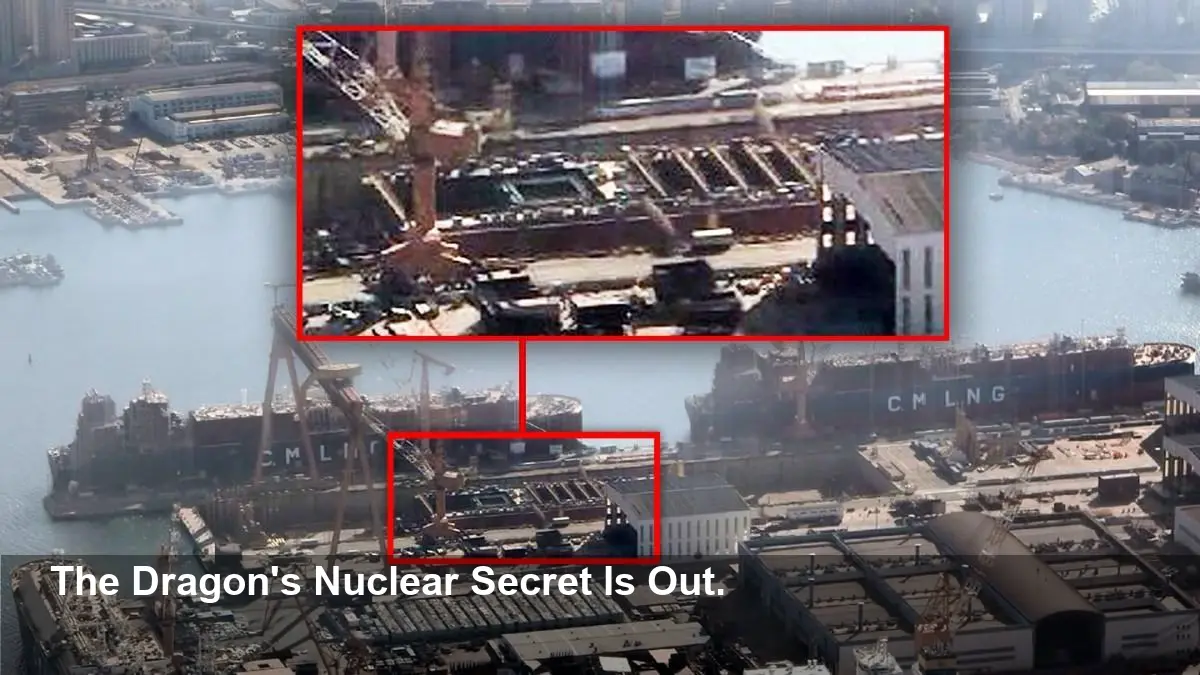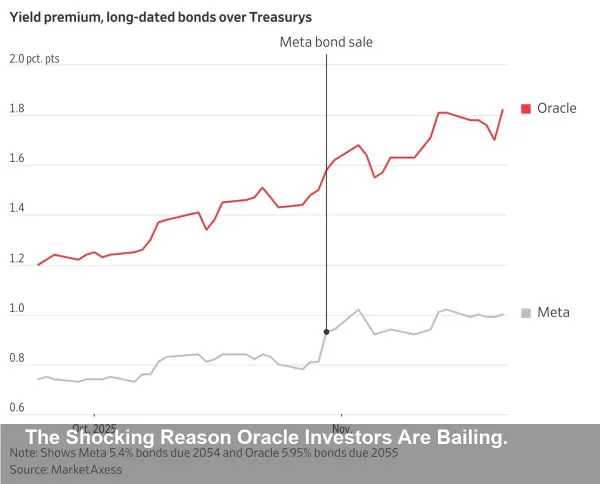China's Nuclear Carrier Plans Exposed in Leaked Photo

- Nuclear Ambitions Revealed: New photos from a Dalian shipyard show a structure strongly resembling a nuclear reactor containment, offering the clearest evidence yet that China's fourth aircraft carrier, the Type 004, will be nuclear-powered.
- A Game-Changing Leap: Nuclear propulsion would grant the carrier virtually unlimited range and endurance, significantly closing the technological and operational gap with the U.S. Navy's supercarrier fleet.
- Advanced Air Power: The Type 004 is expected to feature advanced electromagnetic catapults (EMALS) to launch a new generation of aircraft, including J-35 stealth fighters, KJ-600 early warning planes, and various drones.
- Two Carriers at Once?: Reports suggest China may also be constructing an improved conventionally powered carrier, a potential "Type 003A," showcasing its immense shipbuilding capacity and strategic ambitions.
Mounting Evidence of a Nuclear Supercarrier
Recent satellite imagery from China’s Dalian shipyard has sent ripples through the defense community, revealing what experts believe is a critical component of a nuclear-powered warship. A structure visible in the hull of China's next aircraft carrier, widely referred to as the Type 004, appears to be a reactor containment structure. This development provides the most compelling public evidence to date that Beijing is moving to join the elite club of nations operating nuclear flattops, a move that would fundamentally alter the balance of naval power.
This news comes just as the People’s Liberation Army Navy (PLAN) celebrates its latest achievement, the commissioning of the advanced conventionally powered carrier, the Fujian. While officials remain tight-lipped, with PLAN political commissar Yuan Huazhi confirming the fourth carrier's construction but deflecting questions about its power source, the visual evidence is becoming difficult to ignore.
Why Nuclear Power Is a Game-Changer
The transition to nuclear power for an aircraft carrier is a monumental leap in military capability. Unlike conventionally powered vessels that require frequent refueling, a nuclear carrier possesses nearly unlimited range and endurance, able to stay deployed for months on end. This sustained presence on the high seas increases the striking power and reach of a carrier battle group, allowing China to project power far beyond its immediate periphery.
Furthermore, a nuclear reactor generates immense electrical power, essential for operating advanced systems like the electromagnetic aircraft launch system (EMALS), powerful sensors, and future directed-energy weapons. This would place the Type 004 on par with the U.S. Navy’s cutting-edge Ford-class supercarriers.
A New Generation of Seaborne Airpower
The Type 004 is expected to be a true supercarrier, equipped with multiple catapults similar to its American counterparts. This system allows for the launch of heavier and more diverse aircraft than the ski-jump ramps on China's first two carriers. The projected air wing for the Type 004 includes:
- The J-35 stealth fighter, China's answer to the F-35C.
- The KJ-600, a carrier-based airborne early warning and control (AEW&C) aircraft, crucial for managing the airspace around the fleet.
- Advanced variants of the J-15 multirole fighter.
- A host of uncrewed aerial vehicles (UAVs) for reconnaissance and combat missions.
A Dual-Pronged Naval Strategy?
Intriguingly, while the nuclear-powered Type 004 takes shape in Dalian, other reports suggest China isn't putting all its eggs in one basket. Unconfirmed activity at the Jiangnan shipyard in Shanghai, which built the Fujian, has sparked speculation that work may soon begin on an improved Type 003 design.
Via Chaos314159/SDF:
"The latest Sentinel satellite imagery suggests that Jiangnan is cleaning a platform outside the dock, raising questions about whether this indicates the start of construction on the so-called Type 003A aircraft carrier."
Does anyone know more? 🤨🤔 pic.twitter.com/sCSduadhM0— @Rupprecht_A (@RupprechtDeino) November 11, 2025
Pursuing two designs simultaneously would be a bold strategy, allowing China to build the lower-cost, proven conventional design more quickly for regional contingencies while developing the high-risk, high-reward nuclear carrier for global power projection. While the U.S. Navy still maintains a significant numerical advantage with 11 active nuclear supercarriers, China's rapid progress highlights its unwavering commitment to achieving its maritime ambitions and challenging the status quo at sea.




